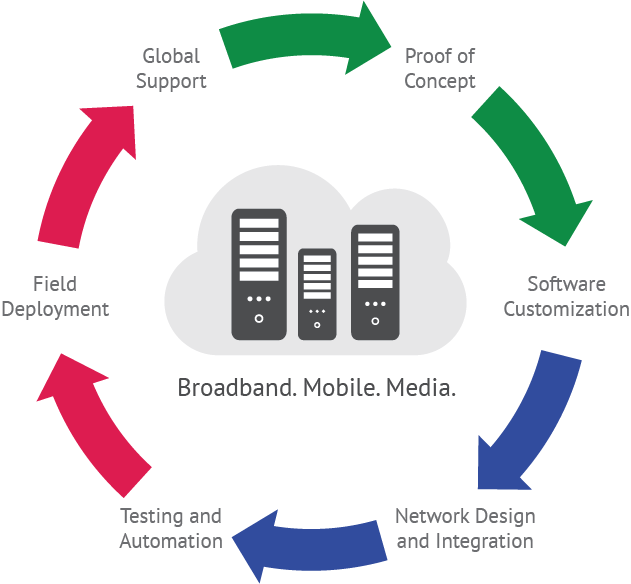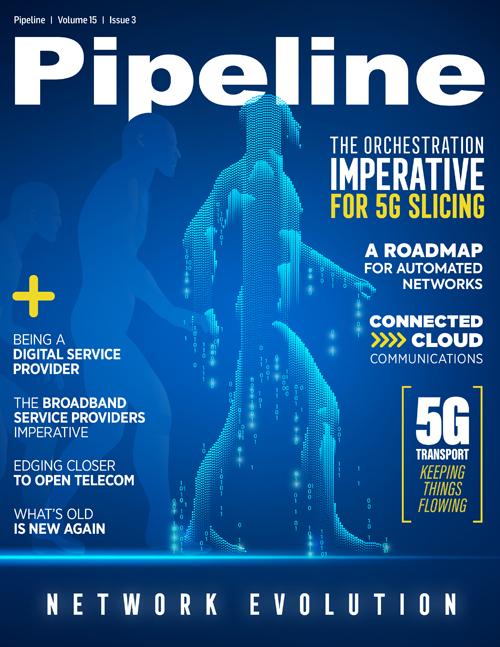Edging Closer to Open Telecom Networks with Open RAN
But Integration Roadblocks Lie Ahead
Open architectures equate to open + third-party. To bring together all of the components—open and proprietary, depending on service providers’ requirements—from a multi-vendor ecosystem brings a new set of challenges. Service providers don’t have the in-house integration expertise needed to deliver an end-to-end solution, as they have traditionally relied on proprietary, single-sourced solutions from massive vendors (that have them locked in).
This shift to open is enabling a new class of systems integrators to emerge to fill the gap left by single-solution vendors.

Figure 3. Taking the Pain out of Open Integration
Service providers will require a trusted systems integration partner that fully understands the technology and the network end-to-end, from the RAN/radio side of the network to the software. Systems integrators should also be neutral, leveraging components from multiple vendors to meet each service provider specific customer requirements, rather than favoring specific companies’ offerings. Systems integrators that are also actively engaged in the open source efforts outlined above will have a stake in seeing Open RAN succeed.
The Road Ahead
The future network is being built today. It will be open. It will be disaggregated. It will combine components from multiple vendors. And it will require flexible Radio Access Network (RAN) solutions. With the emergence of 5G, the network is moving closer to the edge in order to support new use cases that are extremely latency-sensitive. To support these latency requirements, the RAN will need to be software-defined, unbundled, programmable and flexible.
Open RAN fits the bill. It decouples system components and uses open interfaces to create network solutions from independently developed software and hardware components. And it allows for service providers to create programmable RANs that can be optimized for their unique use cases and requirements. Open RAN deployments are happening today for 4G networks, with large-scale deployments planned to align with the timescale for 5G deployments. By leveraging Open RAN and open solutions, service providers can accelerate their 4G/5G RAN initiatives.



















